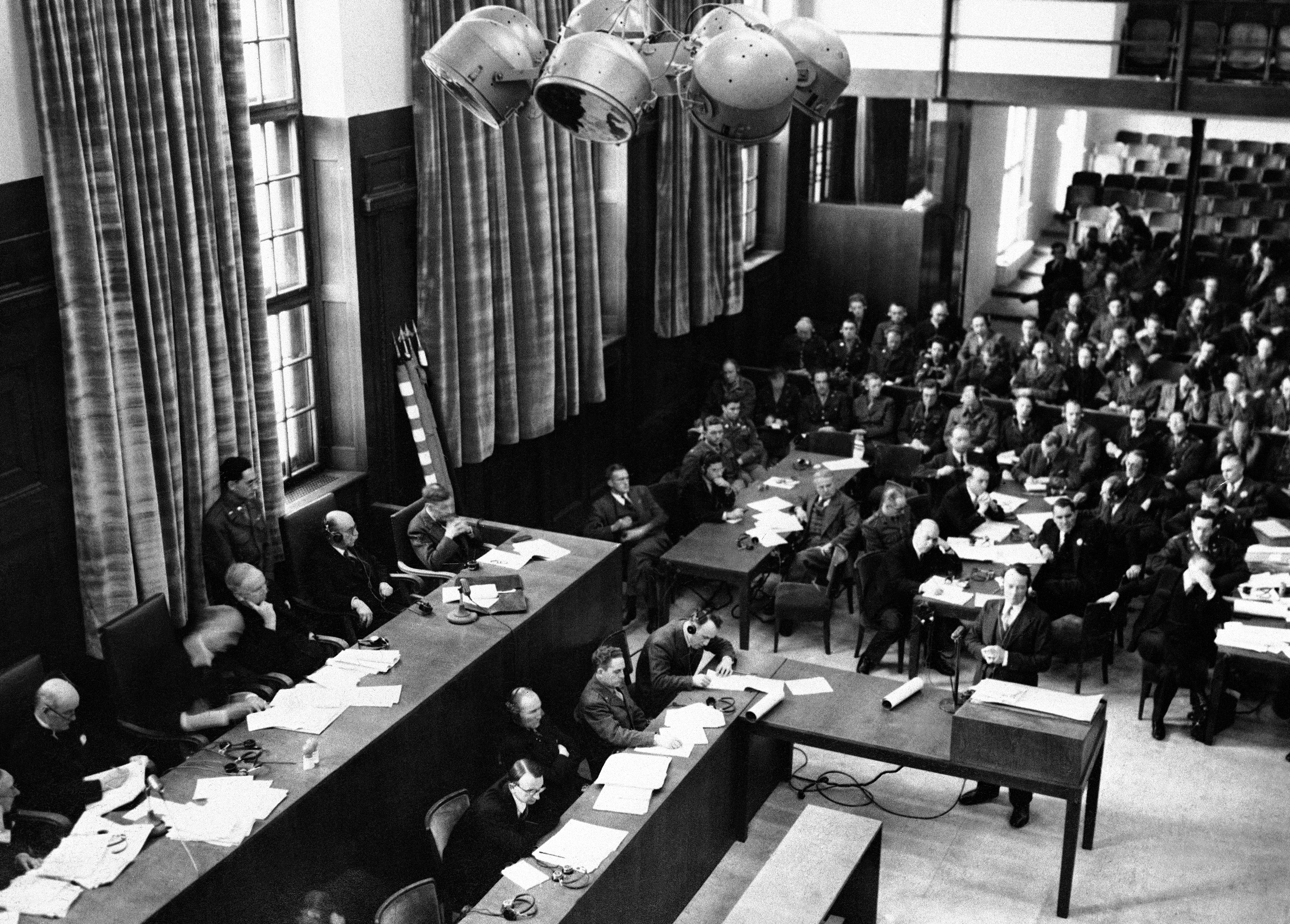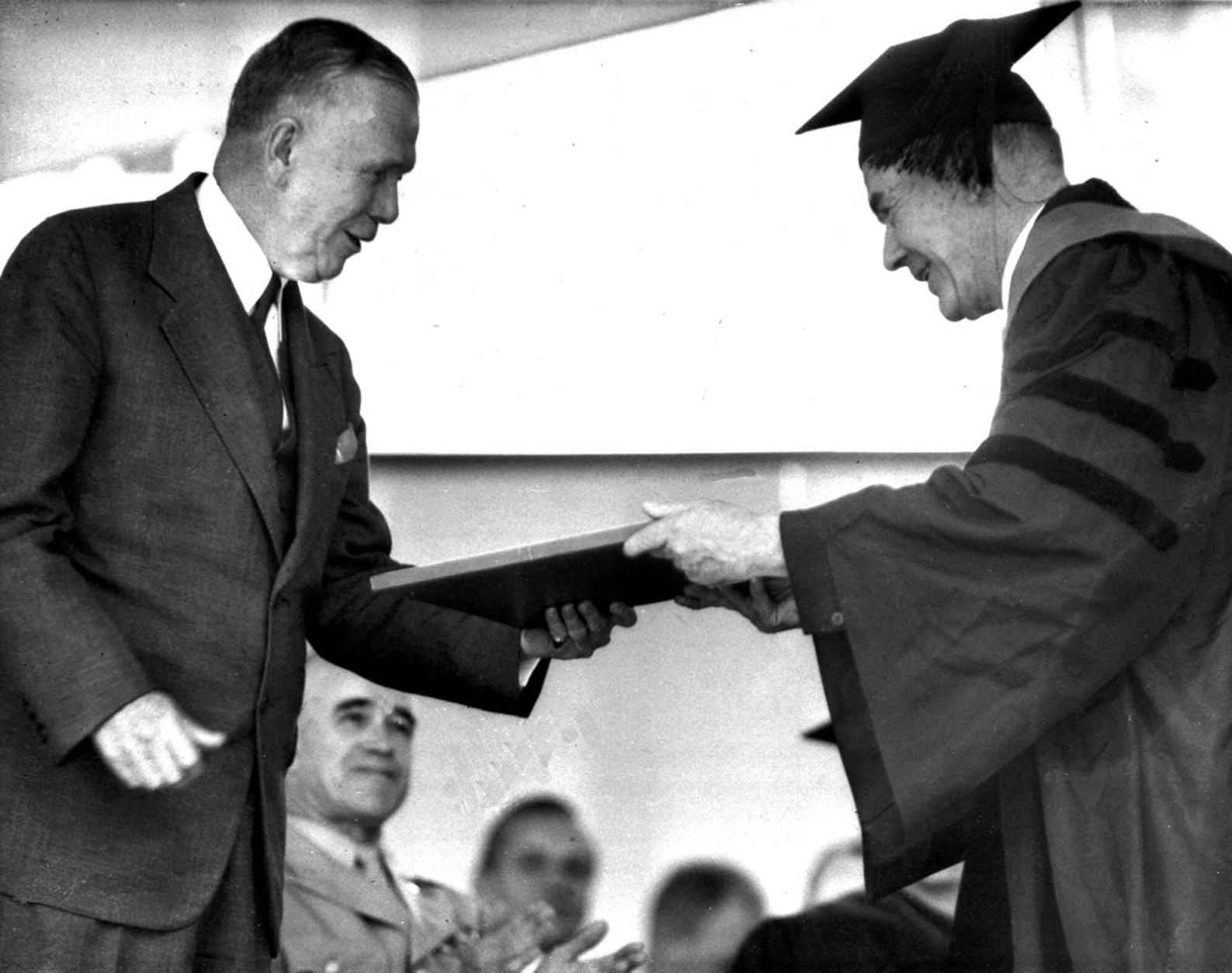
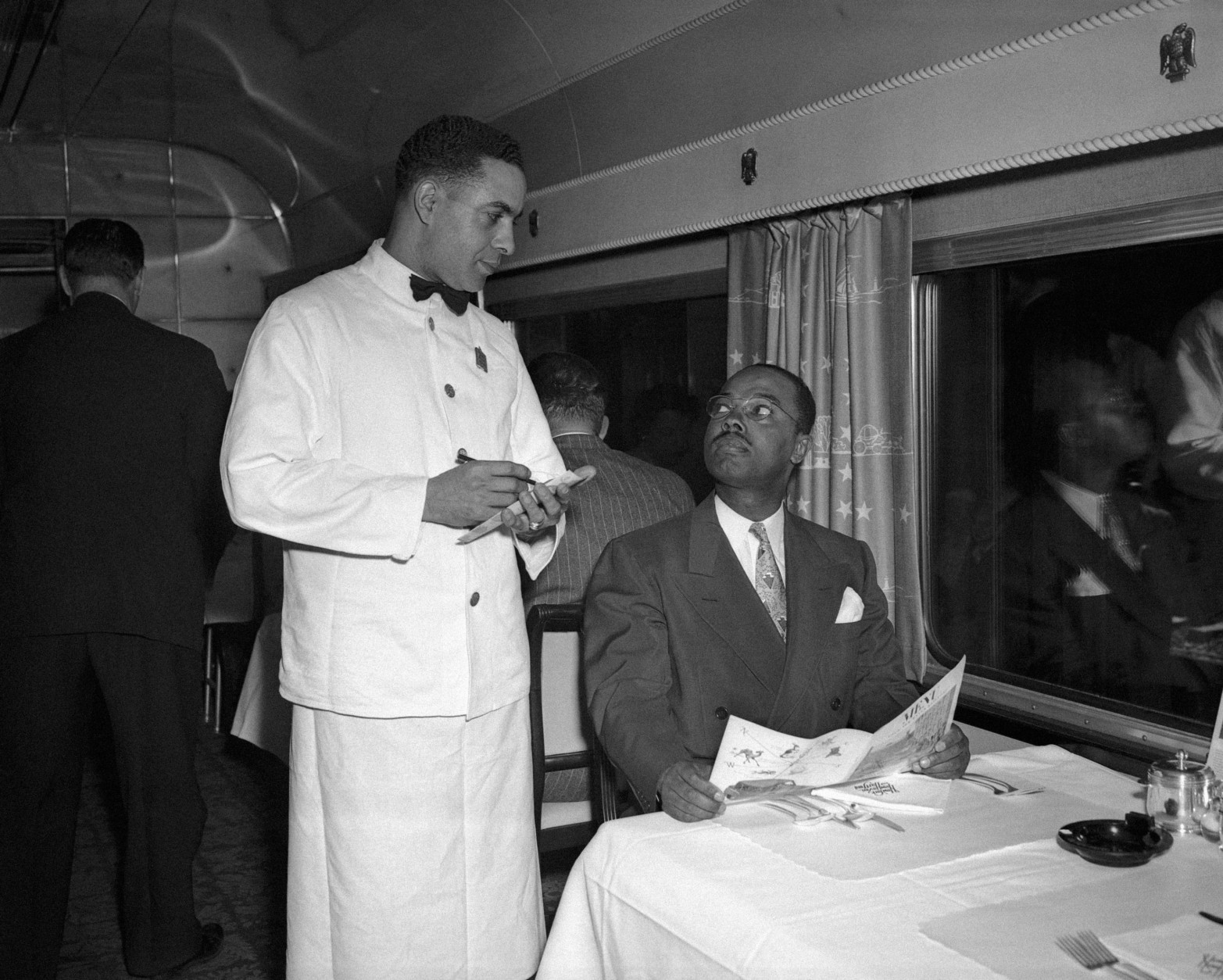

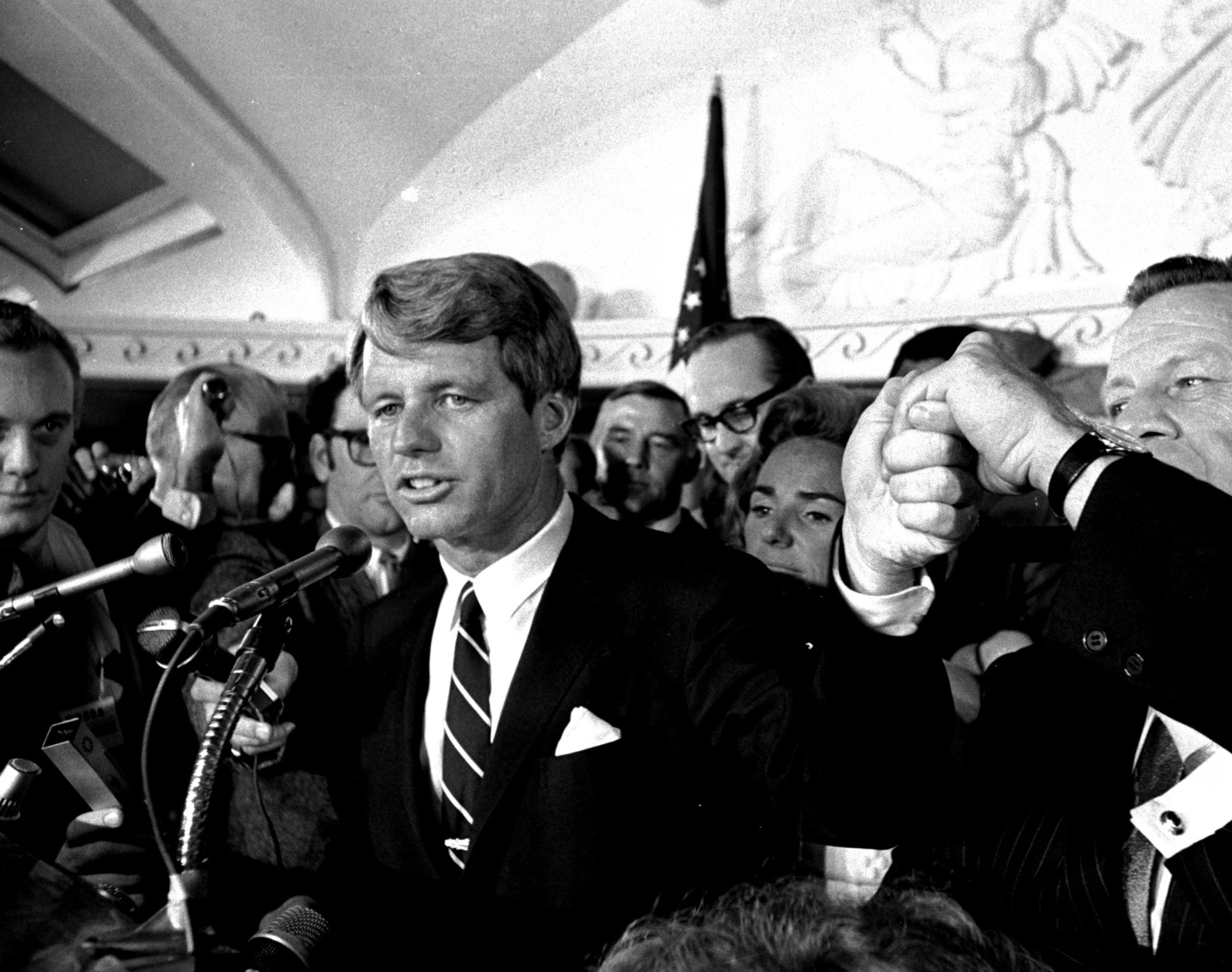
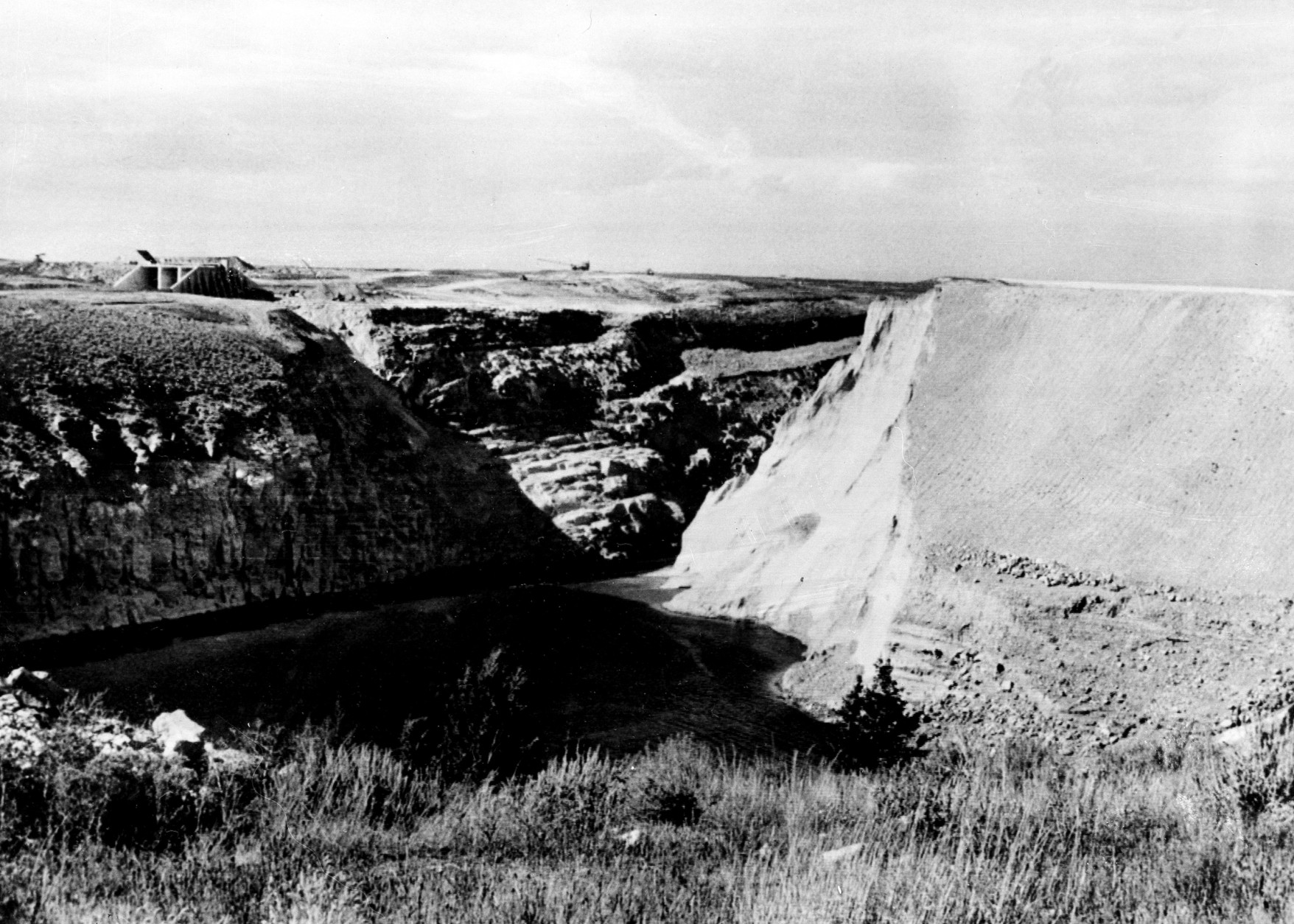
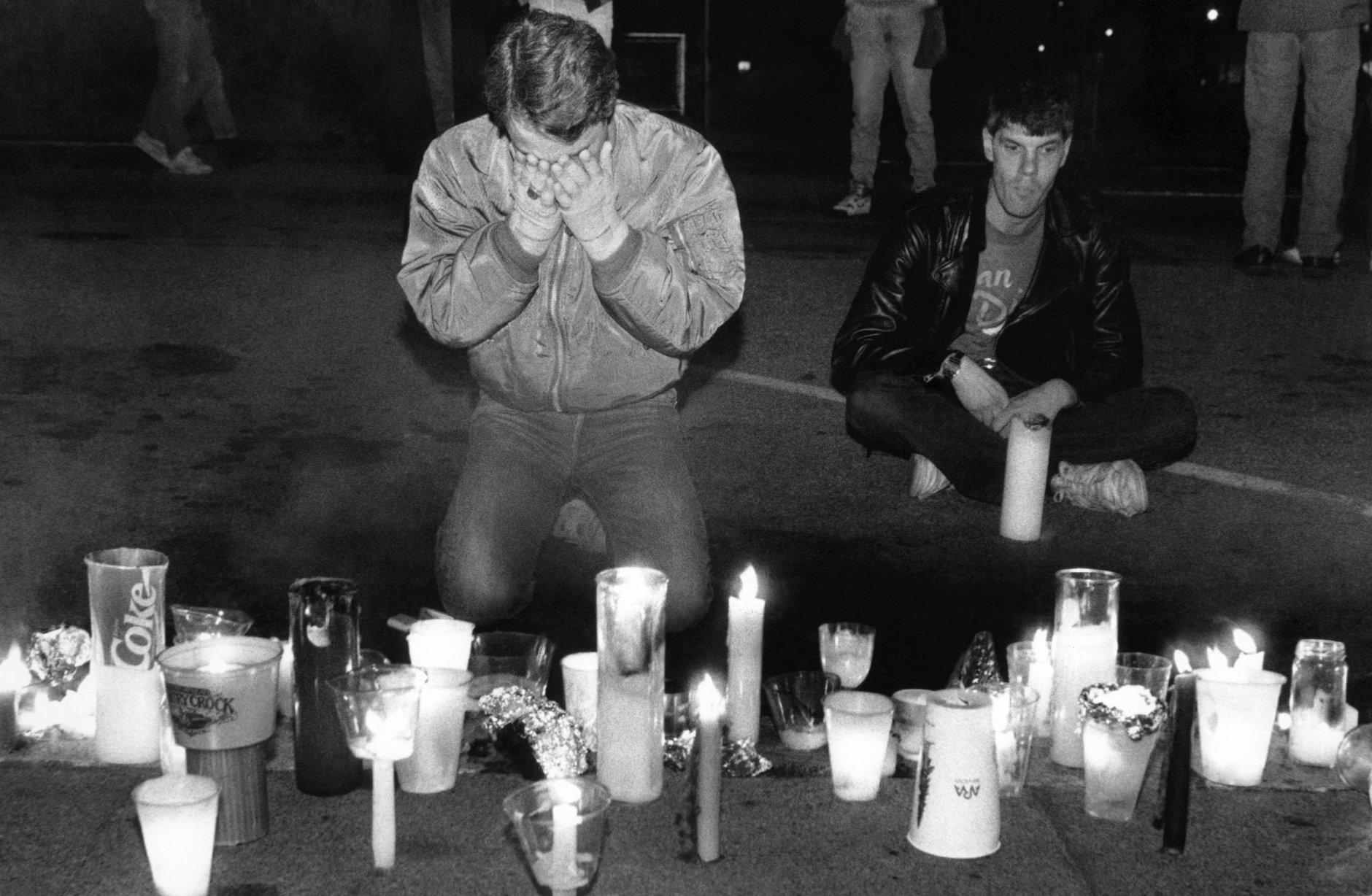
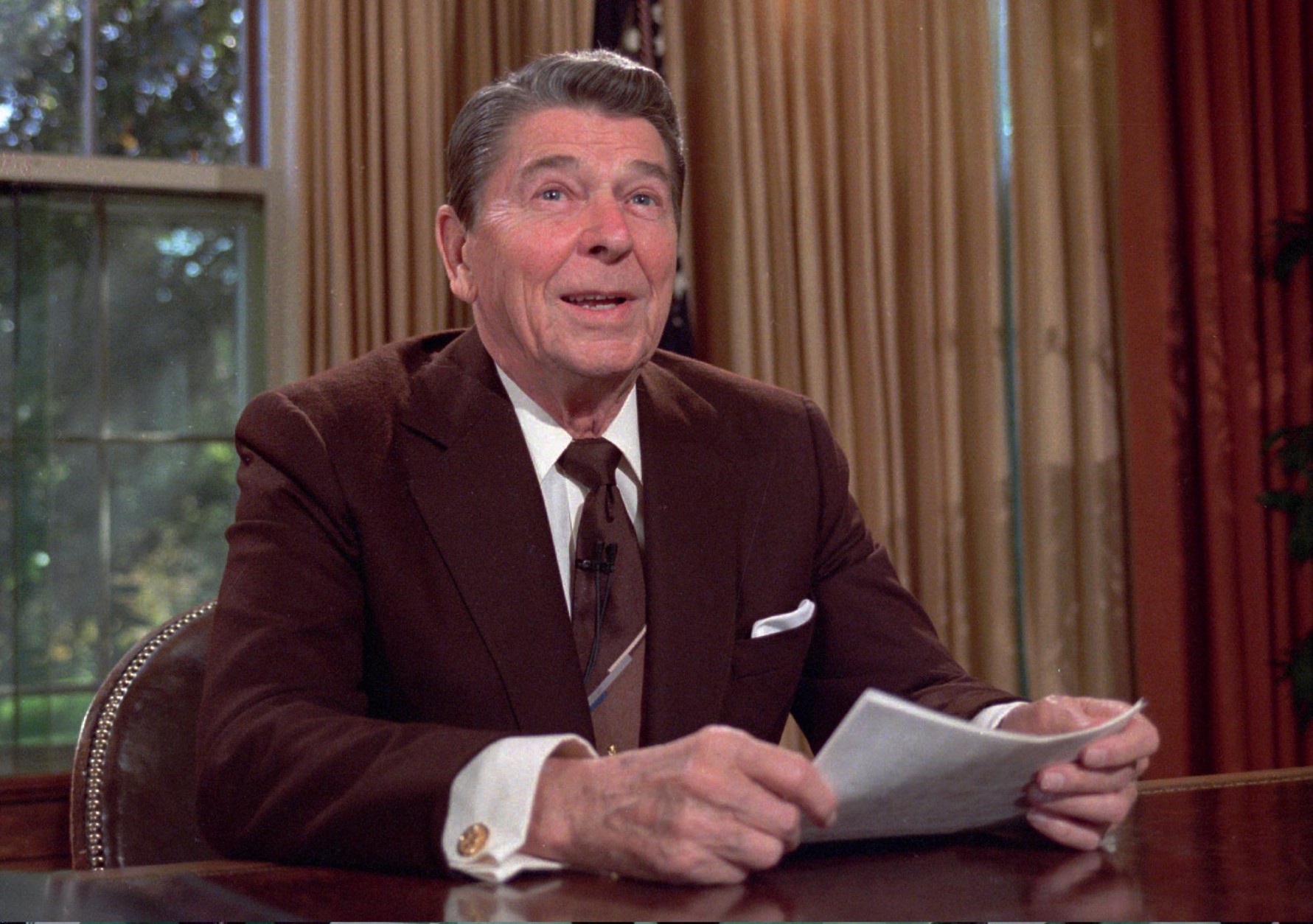
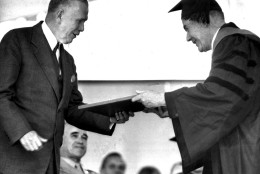
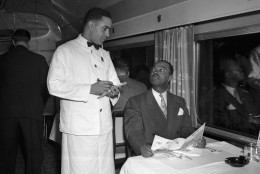

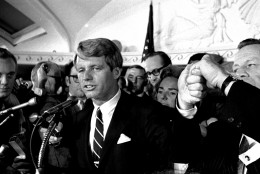
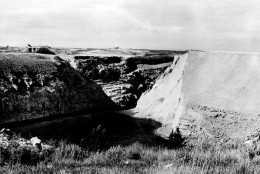
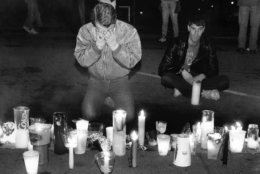
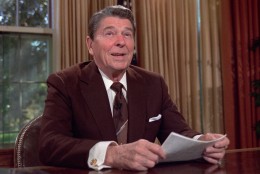
Today is Wednesday, June 5, the 156th day of 2019. There are 209 days left in the year.
Today’s Highlight in History:
On June 5, 2004, Ronald Wilson Reagan, the 40th president of the United States, died in Los Angeles at age 93 after a long struggle with Alzheimer’s disease.
On this date:
In 1794, Congress passed the Neutrality Act, which prohibited Americans from taking part in any military action against a country that was at peace with the United States.
In 1917, about 10 million American men between the ages of 21 and 31 began registering for the draft in World War I.
In 1933, the United States went off the gold standard.
In 1947, Secretary of State George C. Marshall gave a speech at Harvard University in which he outlined an aid program for Europe that came to be known as The Marshall Plan.
In 1950, the U.S. Supreme Court, in Henderson v. United States, struck down racially segregated railroad dining cars.
In 1963, Britain’s Secretary of State for War, John Profumo, resigned after acknowledging an affair with call girl Christine Keeler, who was also involved with a Soviet spy, and lying to Parliament about it.
In 1967, war erupted in the Middle East as Israel, anticipating a possible attack by its Arab neighbors, launched a series of pre-emptive airfield strikes that destroyed nearly the entire Egyptian air force; Syria, Jordan and Iraq immediately entered the conflict.
In 1968, Sen. Robert F. Kennedy was shot and mortally wounded after claiming victory in California’s Democratic presidential primary at the Ambassador Hotel in Los Angeles; assassin Sirhan Bishara Sirhan was arrested at the scene.
In 1976, 14 people were killed when the Teton Dam in Idaho burst.
In 1981, the Centers for Disease Control reported that five homosexuals in Los Angeles had come down with a rare kind of pneumonia; they were the first recognized cases of what later became known as AIDS.
In 2002, Magic Johnson was introduced as a member of the 2002 class elected to the Naismith Memorial Basketball Hall of Fame.
In 2013, U.S. Army Staff Sgt. Robert Bales, accused of killing 16 Afghan civilians, many of them sleeping women and children, pleaded guilty to murder at Joint Base Lewis-McChord, Washington, to avoid the death penalty; he was sentenced to life in prison.
Ten years ago: President Barack Obama, while visiting Germany, became the first U.S. president to tour the Buchenwald concentration camp, where he honored the 56,000 who died at the hands of the Nazis. Ex-CIA operative and Watergate burglar Bernard Barker died in suburban Miami at age 92.
Five years ago: President Barack Obama said he “absolutely makes no apologies” for seeking the release of Sgt. Bowe Bergdahl in a prisoner swap with the Taliban, vigorously defending an exchange that caused controversy.
One year ago: Fashion designer Kate Spade, known for her sleek handbags, was found dead in her Park Avenue apartment in New York in what the medical examiner determined was a suicide by hanging; she was 55. After it became clear that most players from the Super Bowl champion Philadelphia Eagles weren’t going to show up, President Donald Trump gave the boot to a White House ceremony for the team, and instead threw his own brief “Celebration of America.” Former TV mogul Harvey Weinstein pleaded not guilty in New York to rape and criminal sex act charges; he’d been indicted a week earlier on charges involving two women. The Miss America pageant announced that it was eliminating the swimsuit competition from the event; the new head of the organization’s board of trustees, Gretchen Carlson, said on ABC, “We’re not going to judge you on your appearance because we are interested in what makes you you.”
Copyright © 2024 The Associated Press. All rights reserved. This material may not be published, broadcast, written or redistributed.


